Gastroenterological & Surgical Clinical Society Support
Several key professional associations have announced society support for the TIF procedure with EsophyX device:
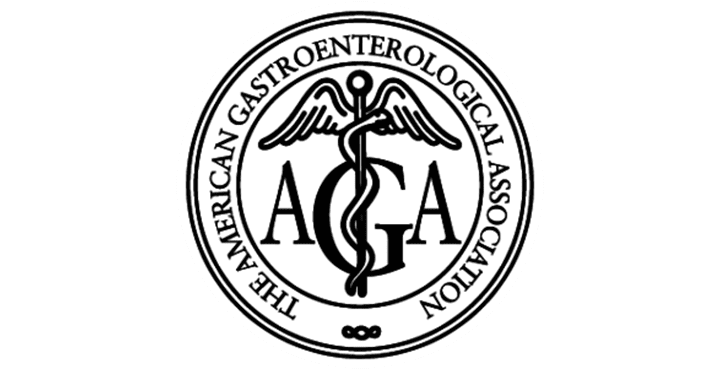
American Gastroenterological Association (AGA) [1]
“The three‐year plus evidence is sufficient to demonstrate sustainable improvement in health outcomes, symptom relief, decrease in PPI utilization and improvement in esophageal pH with transoral fundoplication.”
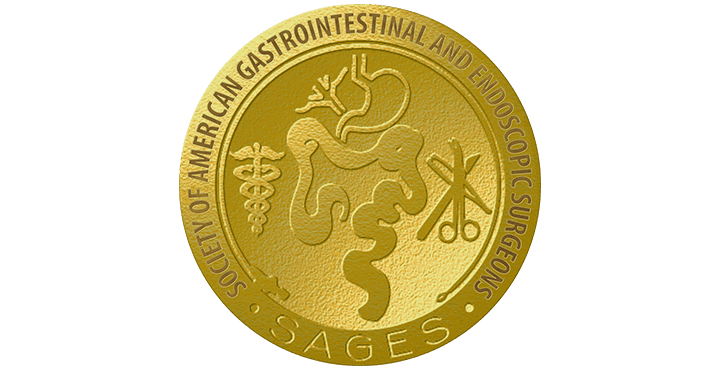
Society of American Gastrointestinal and Endoscopic Surgeons (SAGES) [2]
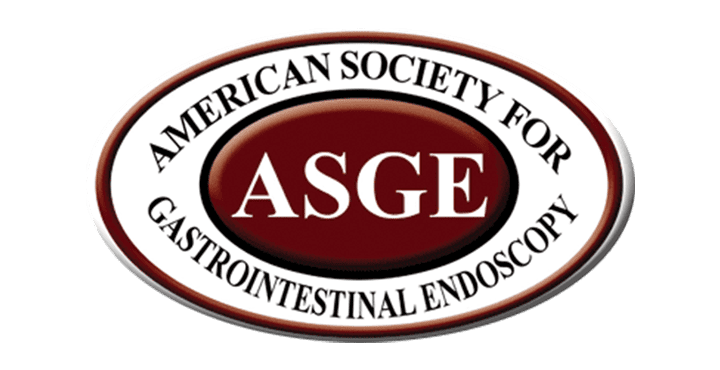
American Society for Gastrointestinal Endoscopy (ASGE) [3]
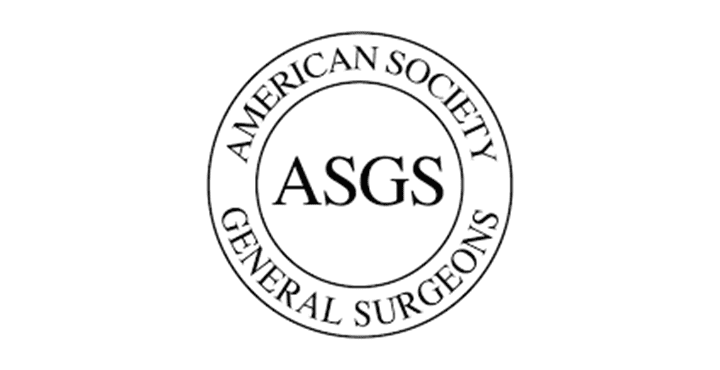
American Society of General Surgeons (ASGS) [4]
“Transoral fundoplication adheres to fundamental surgical principles. We also believe that there is a sufficient body of peer-reviewed literature that establishes transoral fundoplication as reasonable and medically necessary for a subset of patients who are candidates for surgical fundoplication; specifically, patients who either cannot obtain satisfactory relief from standard PPI therapy or who wish to avoid a lifetime of dependence on such medications, and present with a 2 centimeter or smaller hiatal hernia.”
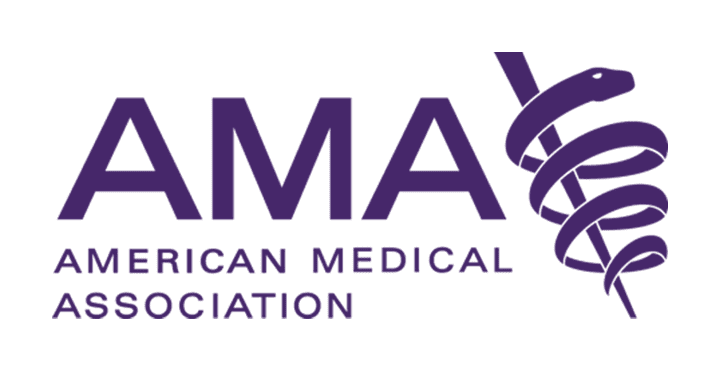
The American Medical Association (AMA) [5]
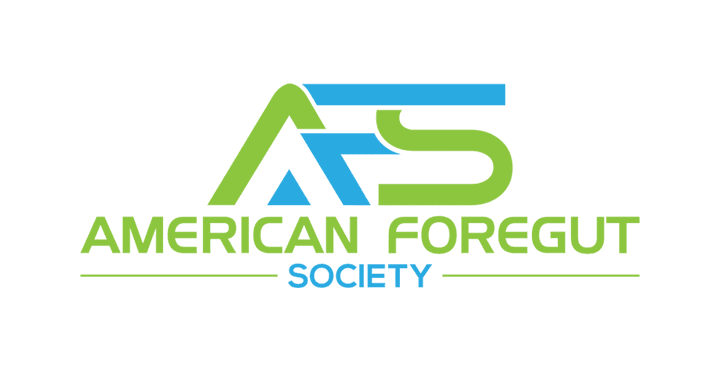
American Foregut Society [6]
References:
[1] American Gastroenterological Association (AGA). Technology Coverage Statement on Minimally Invasive Surgical Options for Gastroesophageal Reflux Disease – April 2016.
[4] American Society of General Surgeons (ASGS). Position statement: Transoral fundoplication. 2011.